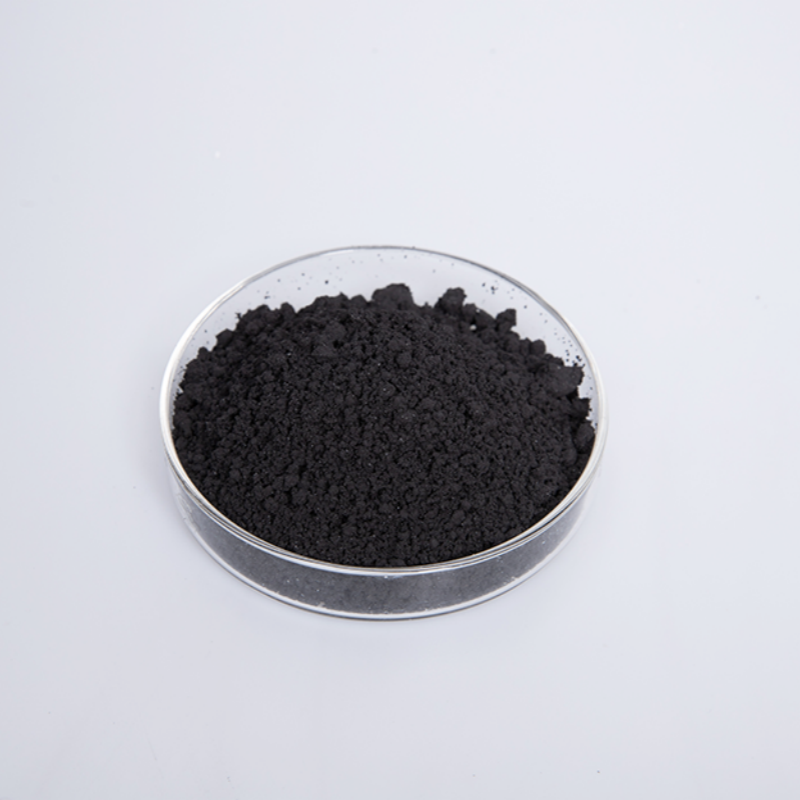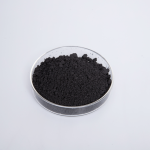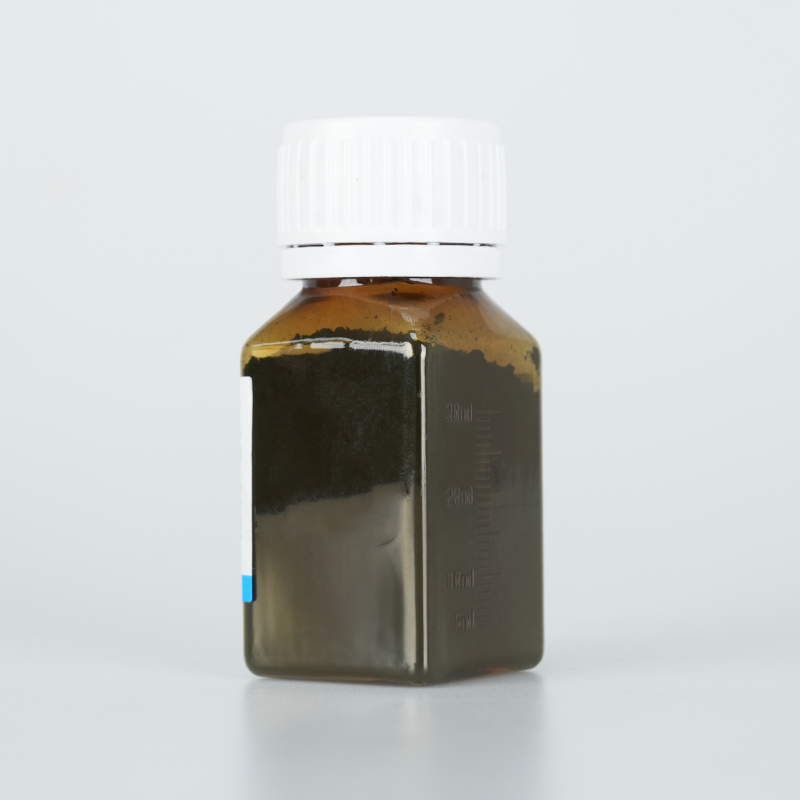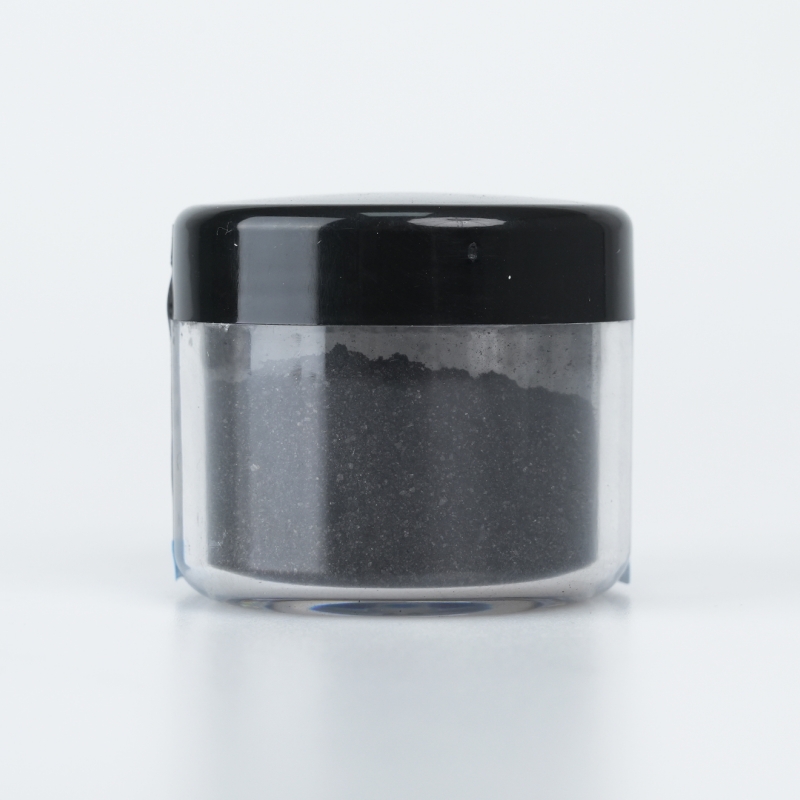Thin layer graphene nanosheets provide exceptional electrical conductivity, superior mechanical strength, and optimized thermal stability. Designed for advanced applications, they ensure efficient dispersion, extended durability, and high-performance adaptability.
Product Overview
Thin layer graphene nanosheets are high-performance 2D carbon nanomaterials, prepared using liquid-phase exfoliation technology. These nanosheets possess excellent conductivity, strength, thermal conductivity, and chemical stability. The unique properties of graphene make it suitable for a wide range of applications, especially in electronics, energy, thermal management, and biomedical fields.
Product Features
- Exceptional Conductivity: The π-electrons in graphene exhibit strong mobility, offering superior conductivity with low resistance.
- High Strength and Toughness: Graphene is one of the strongest known materials while maintaining excellent toughness.
- Excellent Thermal Conductivity: Graphene boasts the highest thermal conductivity among carbon materials, making it ideal for heat management.
- Chemical Stability: The structure of graphene is highly stable, with flexible carbon-carbon bonds that remain stable at room temperature.
- Adjustable Dimensions: Available in a range of thicknesses, tailored to meet specific application needs.
Applications
- Electronics: Can replace silicon in chips, and is widely used in transistors, integrated circuits, flexible screens, and wearable devices.
- Thermal Management: Used in LED lighting and high-power electronic devices to improve heat dissipation and reduce system costs.
- Automotive: Applied in automotive lubricants, power batteries, and tires to reduce battery weight and enhance the energy efficiency and charging speed of electric vehicles.
- Biomedical: Used in biosensors, drug delivery platforms, tissue engineering, and bioimaging applications.
- Military and Aerospace: Supports space exploration, satellite orbit adjustments, and other military applications with its advanced properties.
- Energy: Utilized in lithium-ion batteries, supercapacitors, and solar cells to enhance energy storage and conversion efficiency.
- Composite Materials: Employed in the production of high-performance polymers and composite materials.
- Sensors: Used in diagnostic sensors for glucose, cholesterol, hemoglobin, cancer cell detection, and more.
- Coatings: Enhances surface corrosion resistance and helps develop next-generation waterproof devices.
- Conductive Printing and Packaging: Provides high conductivity and flexibility for printed electronics and specialized packaging applications.
| Technical Parameters | Values |
| Conductivity | 800-1100 S/cm |
| Loose Bulk Density | 0.06-0.09 g/cm³ |
| Tapped Density | 0.10-0.15 g/cm³ |
| Appearance | Black powder |
 new material
new material








